Here’s a guide for beginners on how to brew delicious drip coffee at home. With just a few tips and the right tools, you can enjoy the rich flavors of café-quality coffee right in your own kitchen. By following the points outlined here, you’ll be well on your way to brewing a cup that satisfies your taste buds.
First, gather the necessary equipment and think about which coffee beans to choose. Once you’re set up, we’ll walk you through the brewing steps to help you discover your perfect cup. Your home coffee time is sure to become a special ritual.
Now, let’s dive into the art of making a great cup of drip coffee together!
- In-depth explanation of the necessary equipment and how to choose coffee beans
- Step-by-step guide on brewing techniques
- Tips for enjoying a delicious cup of coffee
Gather the Essential Equipment
To brew delicious drip coffee, the first step is to gather the necessary equipment. Basic tools like a dripper and paper filters significantly influence the flavor of your coffee. By choosing the right ones, even beginners can enjoy a high-quality cup.
Start by considering what type of dripper to use. The shape and material of the dripper can change how the coffee is extracted, so it’s important to pick one that suits your needs. Don’t forget to prepare the paper filters as well. Having these tools ready will make your coffee brewing process much smoother.
Choosing the Right Dripper
Drippers come in various shapes, including cone and flat-bottom designs. Cone-shaped drippers tend to extract coffee components evenly, resulting in a clean flavor. In contrast, flat-bottom drippers are more stable and easier to handle, making them a great choice for beginners. Materials vary, too; you can opt for plastic, ceramic, or stainless steel, each offering its own advantages.
It’s crucial to select a dripper that fits your lifestyle and preferences. For instance, you might prefer easy-to-clean plastic, or you may want to go for a ceramic dripper that emphasizes design. The options are plentiful!
- Dripper shapes include cone and flat-bottom
- Cone shape offers a clean flavor, while flat-bottom provides stability
- Materials available are plastic, ceramic, and stainless steel
Preparing Paper Filters
When it comes to paper filters, make sure to choose a size that matches your dripper. The thickness and type of filter can also affect the taste of your coffee. Generally, unbleached filters are recommended because they allow you to enjoy the coffee’s natural flavors.
Before using the filter, it’s a good idea to lightly dampen it with hot water. This prevents the paper taste from transferring to your coffee, helping you achieve a purer flavor. By paying attention to these details, you can enhance your drip coffee experience.
If you found this article helpful, you might also enjoy our piece on “Choosing Hand Drip Coffee Tools: For Beginners to Pros.” It provides a comprehensive guide on selecting and using your coffee-making equipment, offering tips to make your drip coffee even more enjoyable.
- Choose a filter size that fits your dripper
- Unbleached filters enhance flavor
- Wetting the filter helps minimize paper taste
Choosing and Measuring Coffee Beans
When it comes to brewing delicious drip coffee, selecting the right coffee beans is crucial. The type of bean and its roast can significantly affect the flavor and aroma of your coffee. By choosing beans that match your personal taste, you can elevate your daily coffee ritual into something truly special. Additionally, accurately measuring your beans is a key tip for brewing a perfect cup. Using the right amount helps in balancing the flavors.
In this section, we’ll dive deep into the different types of coffee beans, their characteristics, and some handy tips for precise measuring. By mastering these points, you’ll undoubtedly enhance the taste of your drip coffee.
Types of Coffee Beans
There are mainly two types of coffee beans: Arabica and Robusta. Arabica beans are known for their rich aroma and acidity, offering a delicate flavor profile. On the other hand, Robusta beans have a stronger bitterness and a fuller body, making them popular for espresso and similar beverages. Choosing the right type of bean according to your preferences is the first step in crafting a satisfying cup.
Roast level is another important factor. The degree of roasting—light, medium, or dark—can change the flavor and aroma of the coffee. Finding the roast that suits your taste will lead to a more enjoyable coffee experience.
- Arabica beans offer a rich aroma and delicate taste
- Robusta beans are full-bodied with strong bitterness
- Flavor changes with the roast level
Tips for Accurate Measuring
When brewing coffee, measuring the beans accurately is essential. Generally, a coffee-to-water ratio of 1:15 to 1:20 is recommended. By measuring precisely, you can enjoy a consistent flavor every time.
Using a digital scale can be very helpful for measuring. Its clear display allows you to gauge the exact amount with ease. Measuring your beans before grinding saves you the trouble of adjusting after, leading to a smoother brewing process.
Once you’ve grasped how to choose and measure your beans, the next thing you might want to try is making delicious iced coffee at home. For a perfect summer treat, check out our article on “How to Make Iced Coffee with Drip Method at Home”. It covers everything from selecting the right beans to brewing tips, ensuring even beginners can succeed.
- Use a coffee-to-water ratio of 1:15 to 1:20 as a guideline
- A digital scale allows for precise measurements
- Measuring your beans before grinding is convenient
Step-by-Step Guide to Brewing Drip Coffee
To brew a delicious cup of drip coffee, there are several key steps you need to master. In particular, the temperature of the water, the pouring technique, and the extraction time all play a significant role in the flavor of your coffee. By understanding and applying these points, you can elevate your coffee experience to something truly special.
In this section, we’ll walk you through the specific steps for brewing coffee. The instructions are designed to be clear and easy to follow, even for beginners, so feel free to use this as your guide.
Water Temperature and Pouring Technique
When brewing drip coffee, the ideal water temperature generally falls between 194°F and 203°F (90°C to 95°C). Using water within this range helps extract the coffee’s flavors thoroughly, resulting in a rich and aromatic cup. Be cautious: if the water is too hot, it can lead to bitterness, while cooler water may enhance acidity.
The way you pour the water is also crucial. Start by pouring a small amount of water over the coffee grounds to let them bloom. This allows the coffee beans to expand and release their wonderful aromas. Next, pour the water slowly from the center outwards. It’s important to distribute the water evenly during this process. Doing so ensures uniform extraction, giving you a more flavorful cup of coffee to enjoy.
- Ideal water temperature is between 194°F and 203°F
- Blooming enhances aroma
- Pour evenly from center to outer edges
Adjusting Extraction Time
Extraction time significantly affects the flavor of your drip coffee. Generally, the total extraction time should be around 3 to 4 minutes. If it’s too short, the coffee will taste weak; if it’s too long, it can become overly bitter. Feel free to adjust the extraction time based on your personal taste preferences.
Additionally, the grind size of your coffee beans will influence the extraction time as well. Coarse grounds extract quickly, while fine grounds take longer. Tailoring the extraction time to match the grind size of your coffee beans is key to brewing a delicious cup.
- Aim for an extraction time of 3 to 4 minutes
- Too short results in weak flavor
- Adjust extraction time based on grind size
Tips for Enjoying Delicious Coffee
To truly enjoy drip coffee, it’s not just about the brewing process; how you store it and the ways you can customize it also play a crucial role. By using fresh coffee beans and storing them properly, you can savor delicious coffee any time you like. Additionally, experimenting with coffee variations allows you to expand your coffee experience. In this section, we’ll share tips on how to maintain freshness and offer some creative ideas for coffee customization.
By following these tips, your coffee moments at home will become even more enjoyable.
Storage Methods and Maintaining Freshness
Keeping your coffee beans fresh requires careful storage. First and foremost, avoid exposing them to direct sunlight or storing them in hot, humid places; it’s best to keep them in a cool, dark spot. Using an airtight container will protect the beans from oxygen and moisture, helping to preserve their flavor.
Ideally, you should use up opened coffee beans as quickly as possible. However, if you have some leftover, consider freezing them. Freezing can help prolong their freshness, but remember to take them out and use them right away. If they thaw, their aroma may diminish, so be cautious.
- Avoid direct sunlight and high humidity
- Store in an airtight container
- Freezing is effective, but use with care
Enjoying Custom Coffee Creations
There’s more to enjoying drip coffee than just how it’s brewed. By trying out custom coffee recipes, you can explore a range of flavors. For example, adding milk or cream will create a smooth and rich taste. You can also mix in syrups or spices to tailor it to your personal preference.
Moreover, you can enjoy seasonal variations like iced coffee or flat whites. Cold drinks are refreshing during hot weather, while a hot cup of coffee can warm your heart in the colder months. By experimenting with different recipes, you’ll find that your daily coffee can be a delightful journey of discovery.
If you’re inspired to enhance your coffee experience after reading this, you might also want to check out this article: “Benefits and Selection of Coffee at Home”. It provides detailed insights on how to choose and store coffee at home, as well as the health benefits coffee can offer, so be sure to take a look!
- Add milk or cream for creaminess
- Customize with syrups or spices
- Enjoy seasonal drinks
Conclusion
Looking back at the key points for brewing drip coffee, the first step is to gather the necessary equipment and select the right coffee beans. The type of beans and their roast level significantly influence the flavor, so finding what suits your taste is crucial for crafting a satisfying cup. Additionally, pay close attention to the water temperature, pouring technique, and extraction time as you carefully follow the brewing process.
Moreover, understanding how to store your coffee to maintain freshness and exploring creative ways to enjoy your brew are equally important. By incorporating these practices, your daily coffee ritual can become something truly special. We encourage you to take the insights from this guide and enjoy brewing drip coffee at home.
- Choosing the right equipment and beans is essential
- Be mindful of water temperature, pouring technique, and extraction time
- Explore storage methods and creative variations to enhance your coffee experience
Embrace the joy of brewing your perfect cup of coffee, and feel free to share your thoughts and experiences about your coffee time!

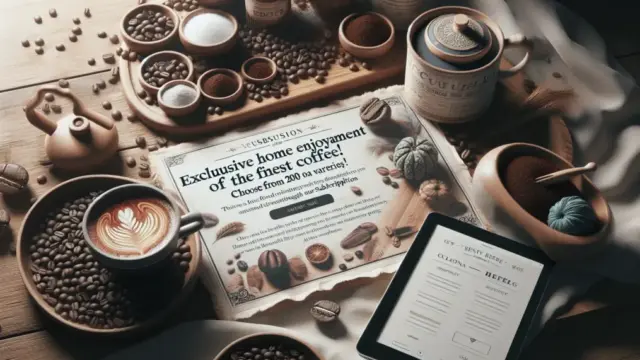

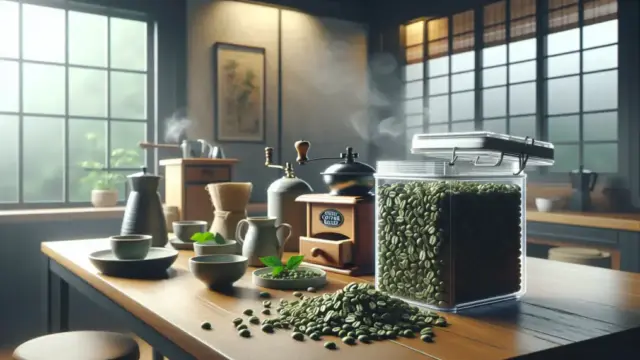

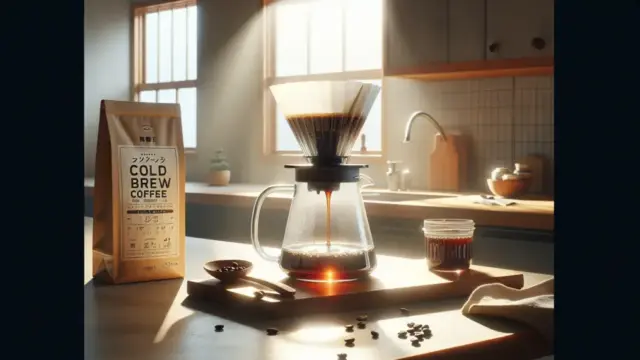


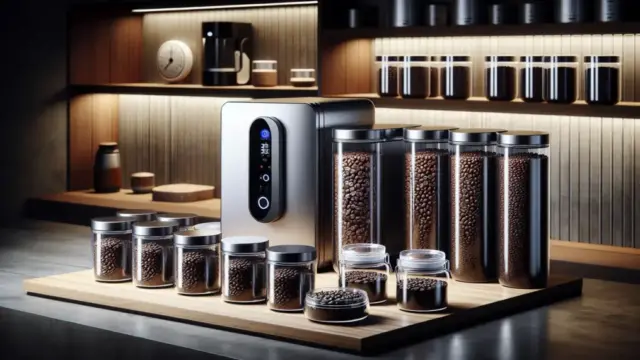
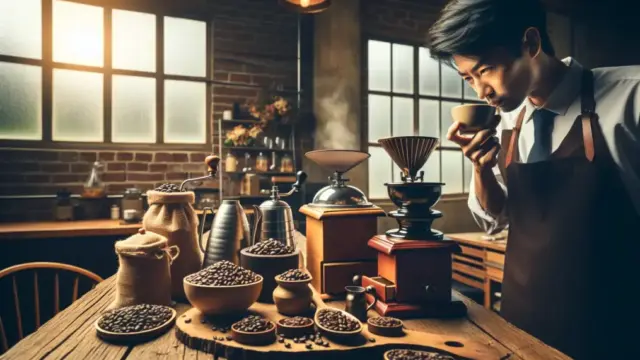
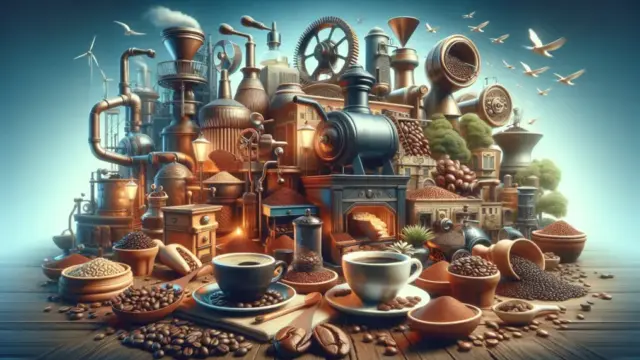




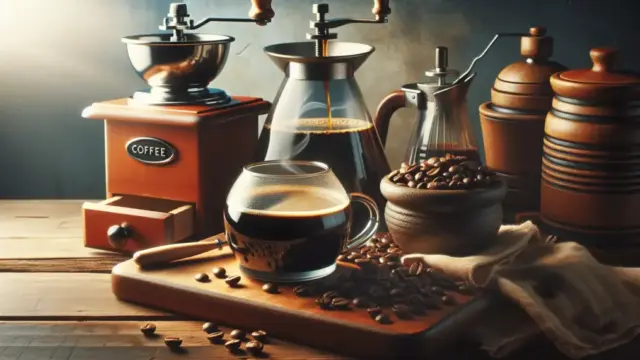






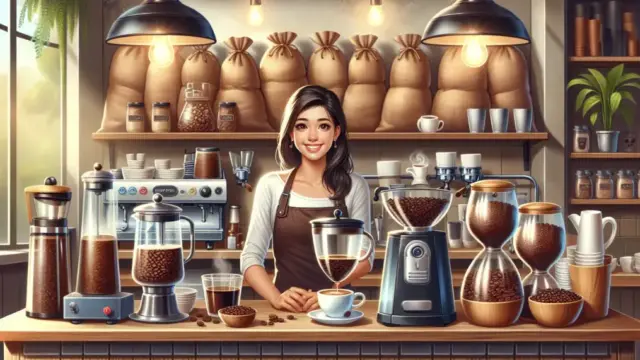


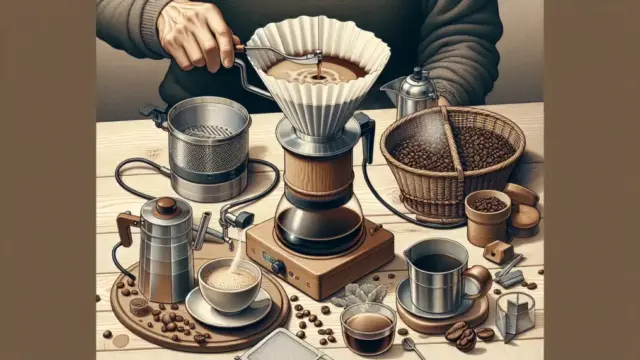

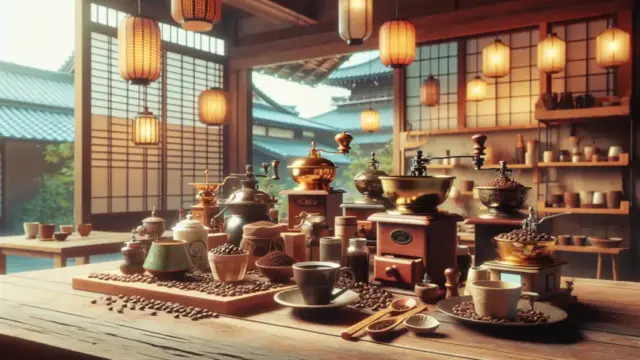




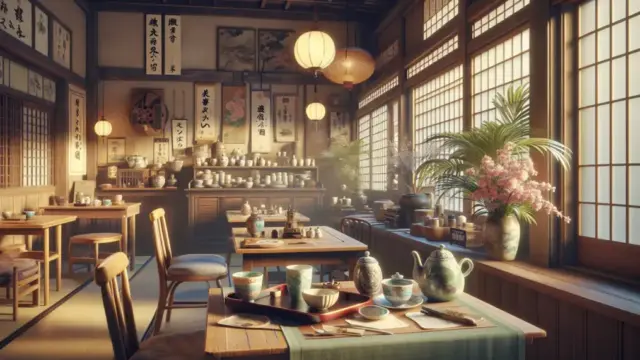











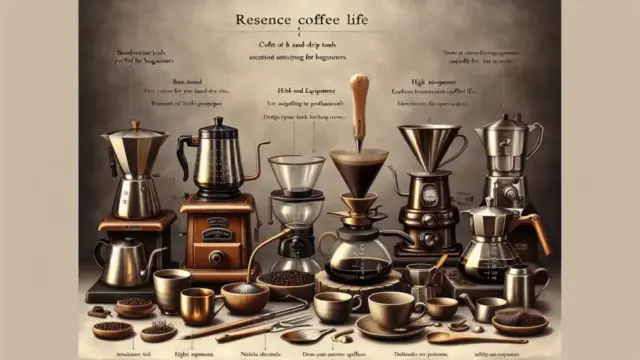
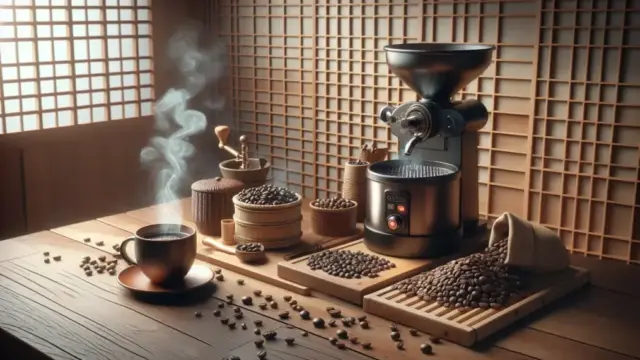





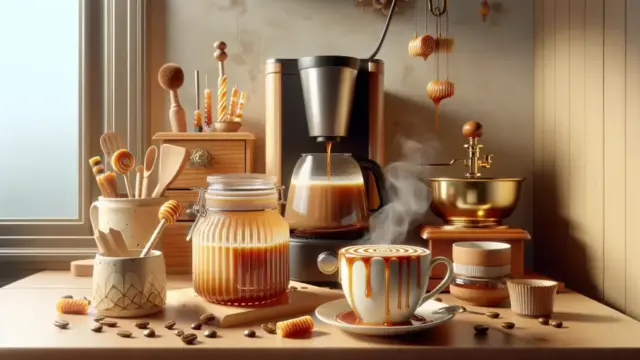


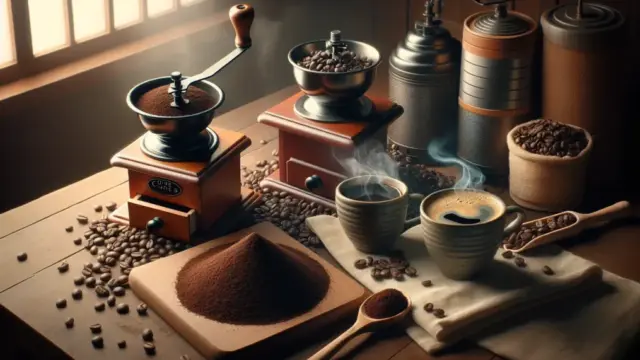



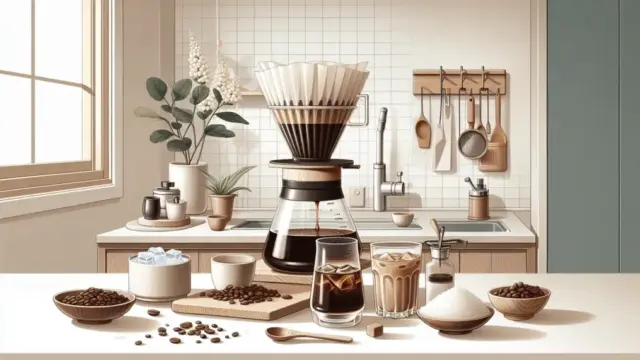





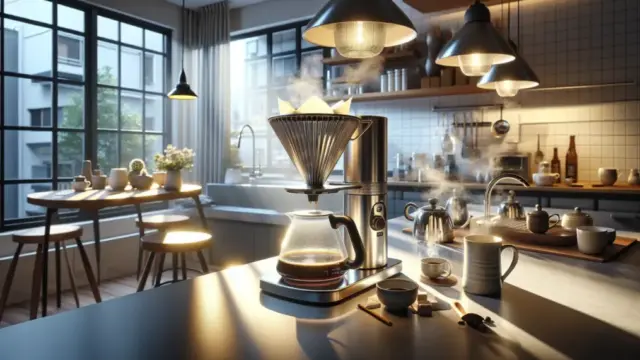








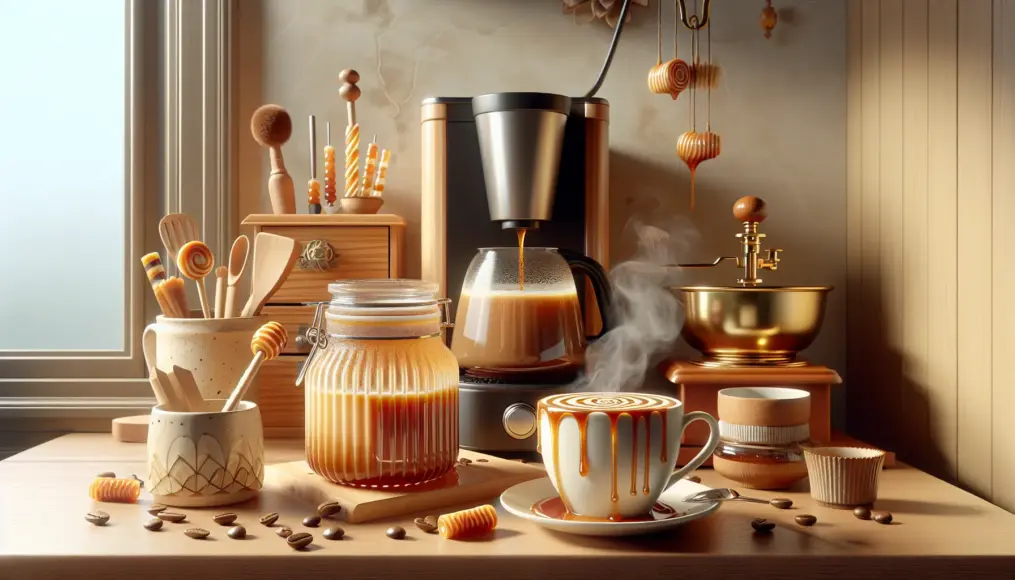
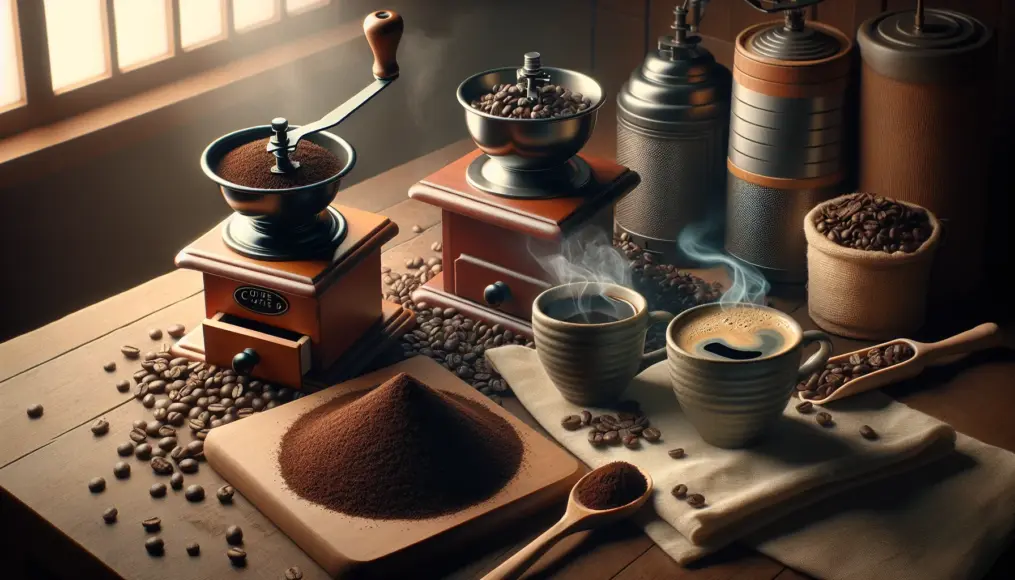
Comment